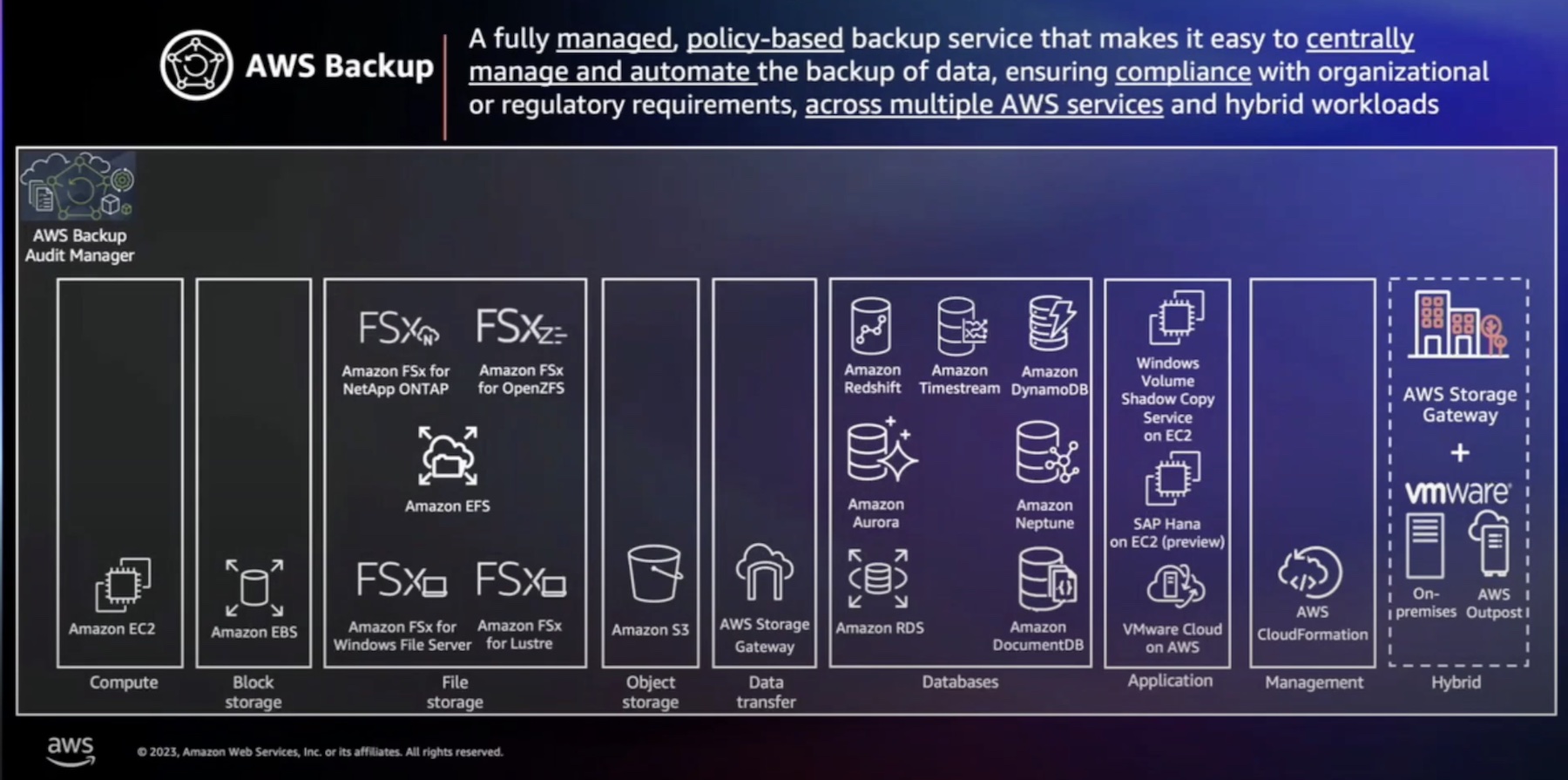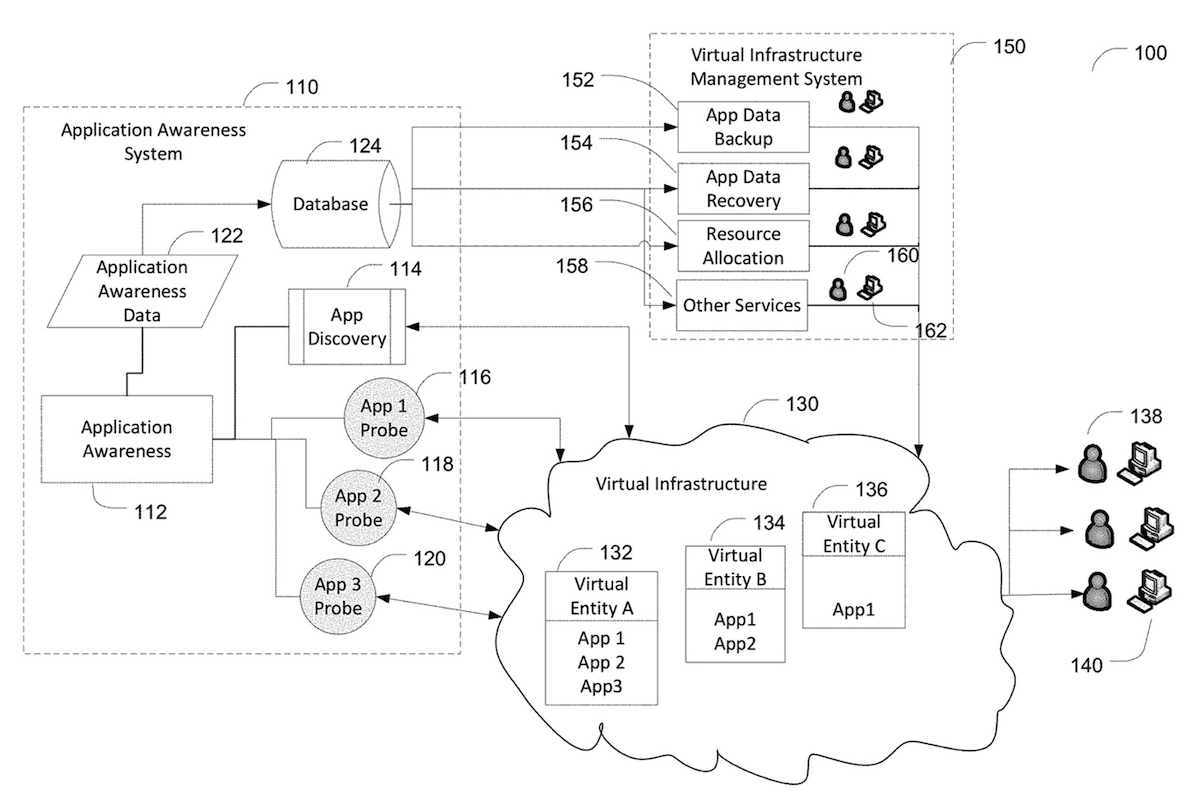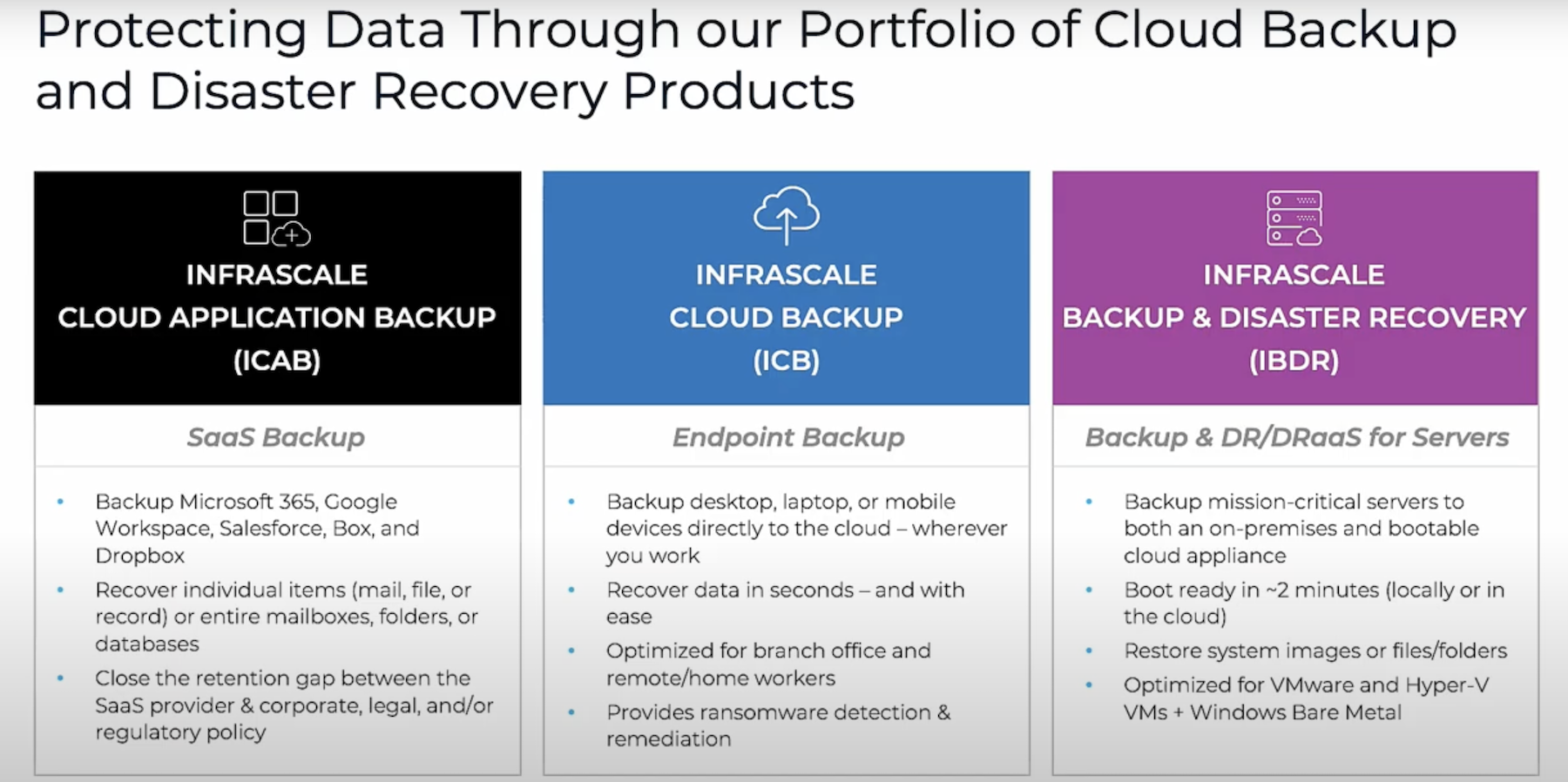The WannaCrypt ransomware attacks over the weekend generated a lot of shock, handwringing, and confusion across the public. Ransomware has become a growing security threat, and while WannaCrypt may have achieved a previously unheard of scale, overall volume of attacks will almost certainly go up in the coming years.
Richard Arnold put together a concise piece to address a lot of questions and concerns coming out of the WannaCrypt crisis. He outlines a little history and context for what exactly is ransomware. He then takes a storage centric approach to outlining basic IT policies that would help mitigate future disruptions.
The piece is a great summation. It doesn’t have the audacity to say the attack was preventable, but rather that best practices could serve to limit future disruptions. It’s an interesting read to wrap your head around a global issue.
Richard Arnold comments:
Given the fun and games that many IT departments will have had over the weekend with the weekend with the WannaCrypt ransomeware I wanted to revisit this topic to understand what ransomeware is and what can be done to reduce risk.
Ransomware was first seen in the mid 2000’s and has grown into a prevalent security threat, with TrendMicro reporting they blocked 100 million plus threats between 2015-16.
What is Ransomeware?
Ransomware is essentially a hijack of the users of machine, that renders it unusable or operating at reduced capacity unless a payment is made. The hijacks fall into two main types of attack, a lockout screen which stops the users accessing any elements of the system until payment is made. In the second type of attack the users files are encrypted and again a ransom is demanded but this time to decrypt the files. The prevalence of these sort of attacks is unfortunately directly linked to that fact they have proved to be a highly effective business for the criminals behind them. We storage administrators have known for some time that both users and organisations data is critically important to them, now unfortunately it seems so do criminals and they are willing to cash in. ZDNet estimated based on Bitcoin transaction information that between 15 October and 18 December CryptoLocker had been used to extort $27 million from victims.
Read more at: Ransomeware and Backup Considerations




